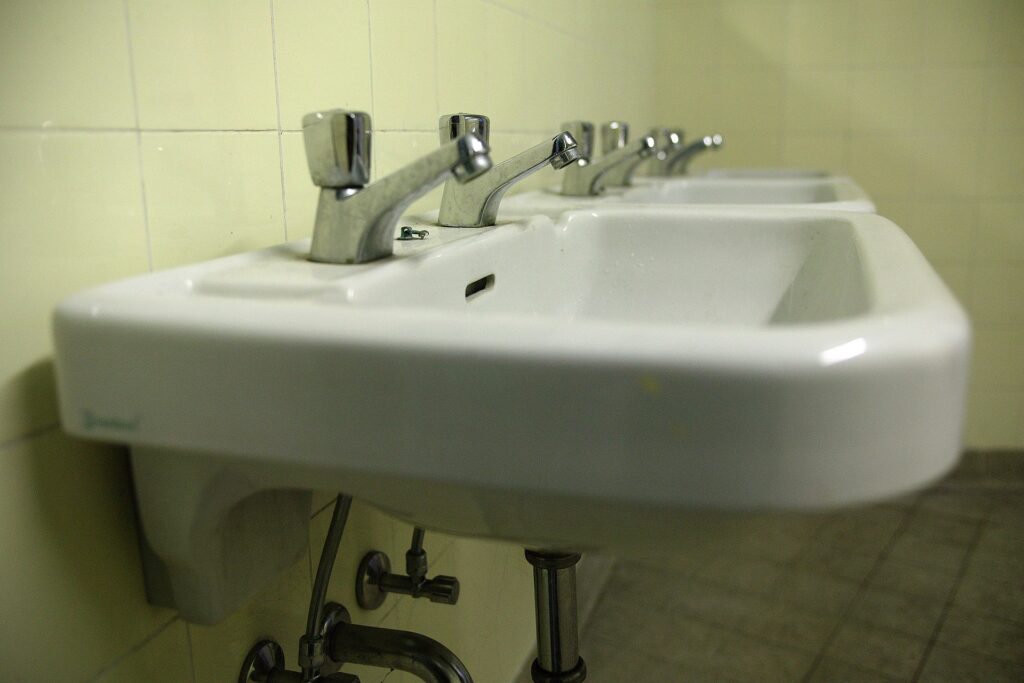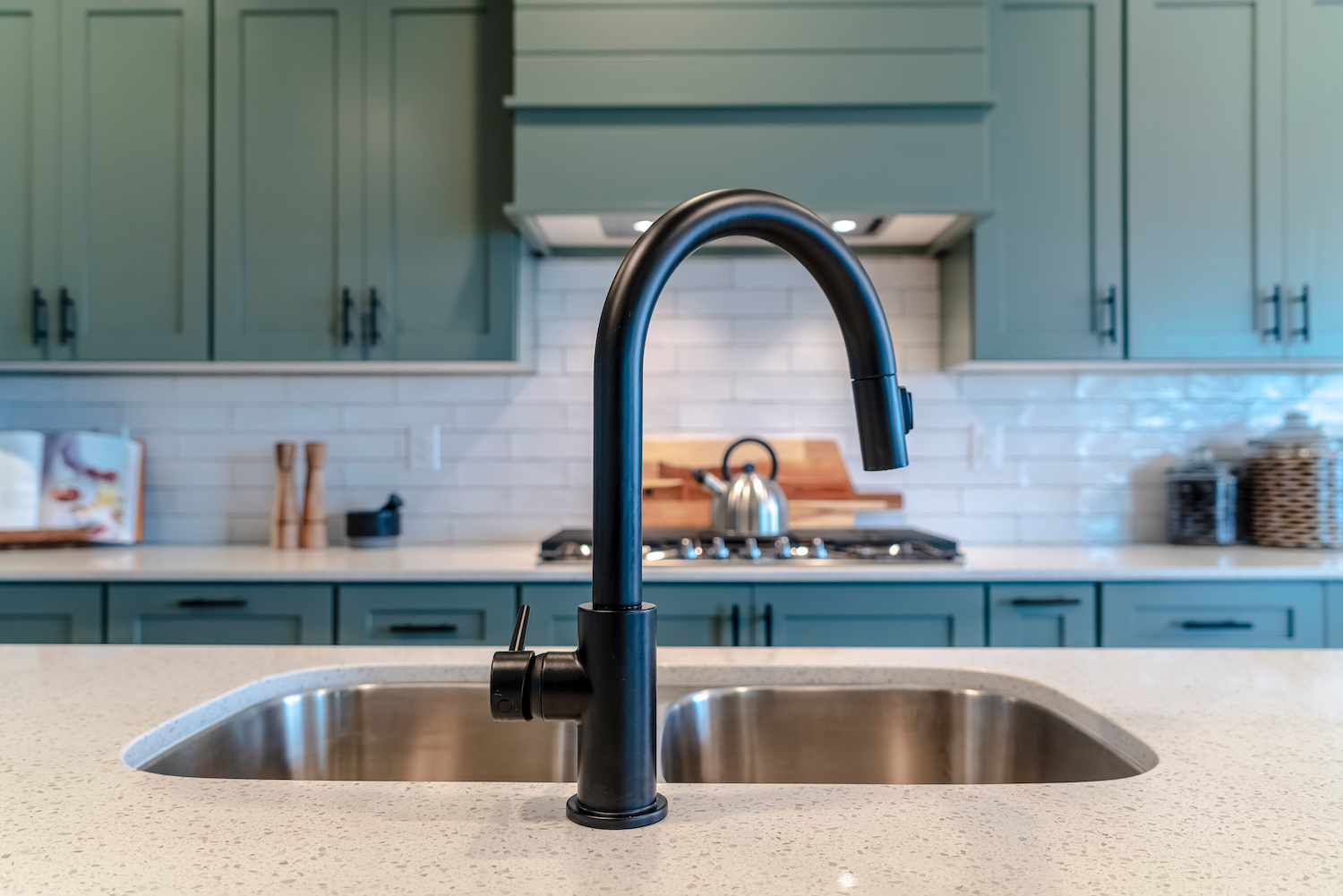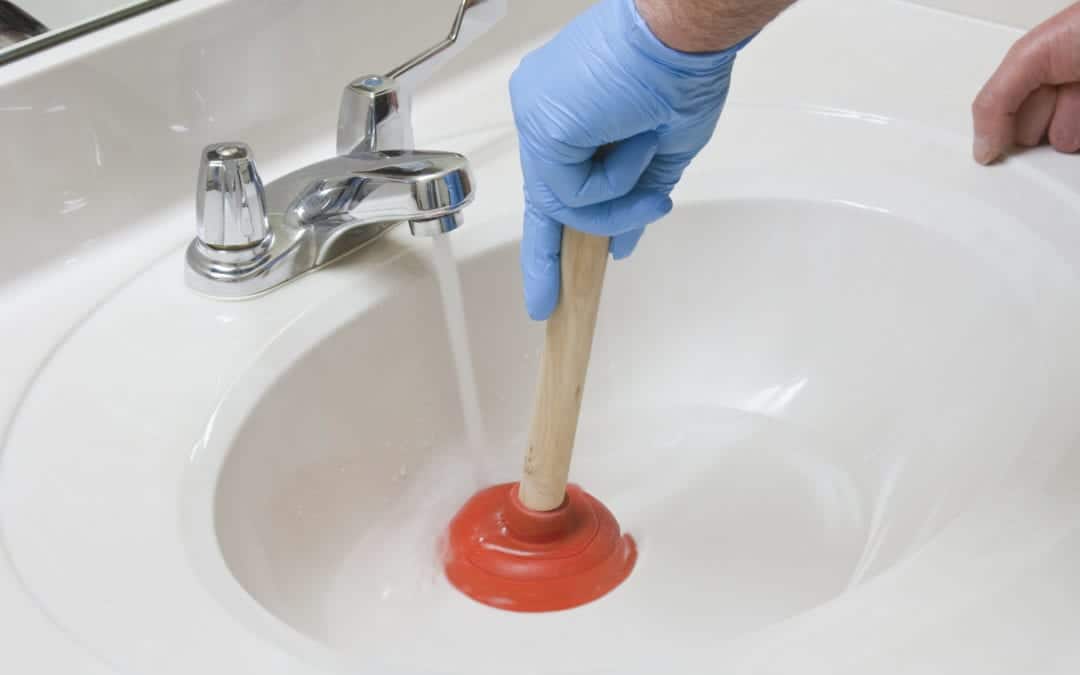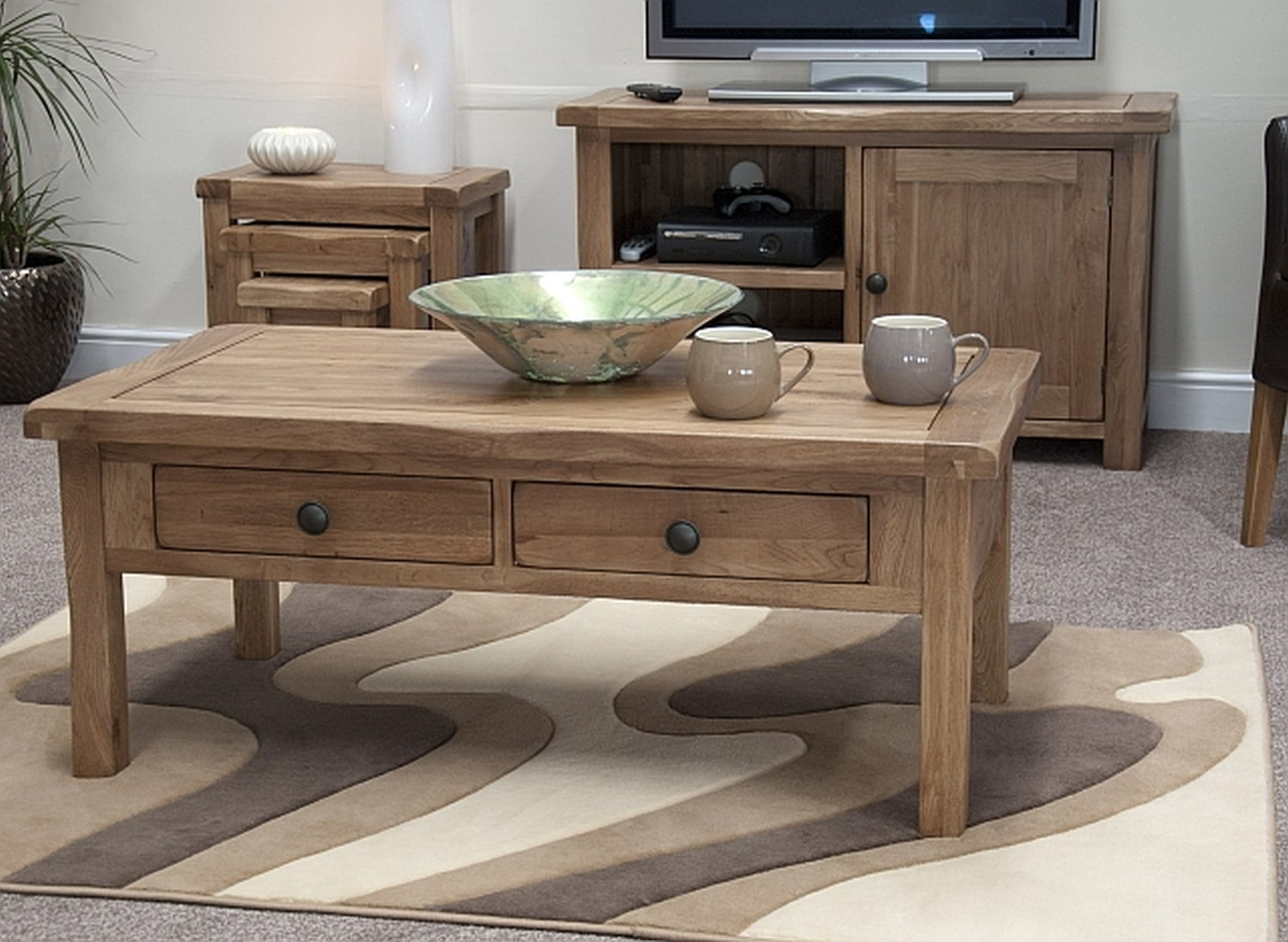A clogged bathroom sink can be a major inconvenience, causing water to back up and drain slowly. Not only is it frustrating, but it can also lead to unpleasant odors and potential damage to your pipes. If you're dealing with a clogged bathroom sink, don't panic. With the right tools and know-how, you can easily unclog it and get your sink back to working properly. Here are 5 methods for unclogging a bathroom sink. How to Unclog a Bathroom Sink
1. Use a Plunger: This is often the first method people try when dealing with a clogged bathroom sink. Place the plunger over the drain and push down and up repeatedly to create suction. This can help break up the clog and allow it to move down the drain. 2. Try a Drain Snake: A drain snake, also known as a plumbing auger, can be inserted into the drain to break up and remove the clog. It has a long, flexible wire with a small auger on the end that can catch and remove any debris causing the clog. 3. Use Boiling Water: For minor clogs, pouring boiling water down the drain can be an effective solution. The hot water can help dissolve and dislodge any soap scum or hair that may be causing the clog. 4. Make Your Own Drain Cleaner: You can create your own natural drain cleaner using ingredients you may already have in your kitchen. Mix equal parts baking soda and vinegar and pour it down the drain. Let it sit for about 30 minutes, then follow with hot water to flush out the clog. 5. Call a Professional: If none of the DIY methods work, it may be time to call in a professional plumber. They have the tools and expertise to tackle even the toughest clogs and get your bathroom sink back to working properly. 5 Ways to Unclog a Bathroom Sink
If you prefer to try and unclog your bathroom sink yourself before calling a professional, there are a few DIY methods you can try. As mentioned, using a plunger, drain snake, or homemade drain cleaner can be effective, but there are a few other methods you can try as well. One option is to use a wet/dry vacuum to suck out the clog from the drain. You can also try using a wire hanger to fish out any debris that may be causing the clog. Another DIY method is to use a combination of baking soda, salt, and hot water to break up the clog. DIY Methods for Unclogging a Bathroom Sink
To prevent future clogs in your bathroom sink, it's important to understand the common causes. One of the main culprits is hair. Over time, hair can build up and create a blockage in the drain. Soap scum, toothpaste, and other products can also contribute to clogs. Additionally, items such as cotton balls, cotton swabs, and makeup wipes should never be flushed down the sink as they can easily get stuck and cause a clog. Common Causes of a Clogged Bathroom Sink
As mentioned, using a plunger can be an effective method for unclogging a bathroom sink. To use a plunger properly, make sure to cover the overflow hole with a rag or tape to create a tight seal. This will help create suction and dislodge the clog. Push down and pull up on the plunger several times to create pressure and hopefully break up the clog. Using a Plunger to Unclog a Bathroom Sink
If you prefer to use natural remedies to unclog your bathroom sink, there are a few options you can try. As mentioned, a mixture of baking soda and vinegar can be effective, but there are a few other natural ingredients you can use as well. Lemon juice, for example, can help break down grease and oils that may be causing the clog. Another option is to use a combination of salt, baking soda, and cream of tartar to create a powerful cleaning solution. Natural Remedies for Unclogging a Bathroom Sink
If you're dealing with a stubborn clog or have tried DIY methods with no success, it may be time to call in a professional plumber. They have specialized tools such as hydro jetters and video cameras to locate and remove the clog. They can also provide tips and advice for preventing future clogs in your bathroom sink. Professional Methods for Unclogging a Bathroom Sink
The best way to deal with a clogged bathroom sink is to prevent it from happening in the first place. Here are a few tips to keep your bathroom sink running smoothly: - Use a drain cover to catch hair and debris before it goes down the drain. - Avoid putting anything other than water and small amounts of soap down the drain. - Regularly clean your sink and drain to prevent buildup. - If you have hard water, consider installing a water softener to prevent mineral buildup in your pipes. Preventing Clogs in Your Bathroom Sink
If you plan on unclogging your bathroom sink yourself, there are a few tools you should have on hand. These include a plunger, drain snake, wet/dry vacuum, and a wire hanger. You may also want to have a bucket and some rags or towels nearby in case of any spills. Tools You Need to Unclog a Bathroom Sink
If you've tried multiple methods and your bathroom sink is still clogged, it may be time to troubleshoot the issue. First, make sure the problem is isolated to just your sink and not the entire plumbing system. Next, check the pipes under your sink for any clogs or obstructions. If you're still unable to unclog the sink, it's best to call a professional plumber. Troubleshooting a Stubbornly Clogged Bathroom Sink
Why Your Bathroom Sink Keeps Clogging and How to Fix It

Common Causes of Bathroom Sink Clogs
 If you're constantly dealing with a clogged bathroom sink, you're not alone. This common household problem can be a major inconvenience and can even lead to more serious plumbing issues if left untreated. Understanding the main causes of bathroom sink clogs can help you prevent them in the future.
One of the most common causes of bathroom sink clogs is hair buildup. As we wash our hands and brush our teeth, strands of hair can easily fall into the sink and get caught in the drain. Over time, the hair can accumulate and form a clog. Another common culprit is soap scum and toothpaste residue. These substances can stick to the inside of your pipes and create a sticky, sludgy blockage.
If you're constantly dealing with a clogged bathroom sink, you're not alone. This common household problem can be a major inconvenience and can even lead to more serious plumbing issues if left untreated. Understanding the main causes of bathroom sink clogs can help you prevent them in the future.
One of the most common causes of bathroom sink clogs is hair buildup. As we wash our hands and brush our teeth, strands of hair can easily fall into the sink and get caught in the drain. Over time, the hair can accumulate and form a clog. Another common culprit is soap scum and toothpaste residue. These substances can stick to the inside of your pipes and create a sticky, sludgy blockage.
How to Unclog a Bathroom Sink
 So, how do you unclog a bathroom sink that is constantly backing up? The first step is to try using a plunger. Place the plunger over the drain and push down and pull up quickly to create suction. This can help dislodge the clog and allow water to flow freely again.
If the plunger doesn't work, you can try using a plumbing snake. This long, flexible tool can reach deep into your pipes to break up the clog. Insert the snake into the drain and twist it while pushing it down. Once you feel the resistance of the clog, continue twisting and pushing until it breaks up and clears the drain.
So, how do you unclog a bathroom sink that is constantly backing up? The first step is to try using a plunger. Place the plunger over the drain and push down and pull up quickly to create suction. This can help dislodge the clog and allow water to flow freely again.
If the plunger doesn't work, you can try using a plumbing snake. This long, flexible tool can reach deep into your pipes to break up the clog. Insert the snake into the drain and twist it while pushing it down. Once you feel the resistance of the clog, continue twisting and pushing until it breaks up and clears the drain.
Preventing Future Clogs
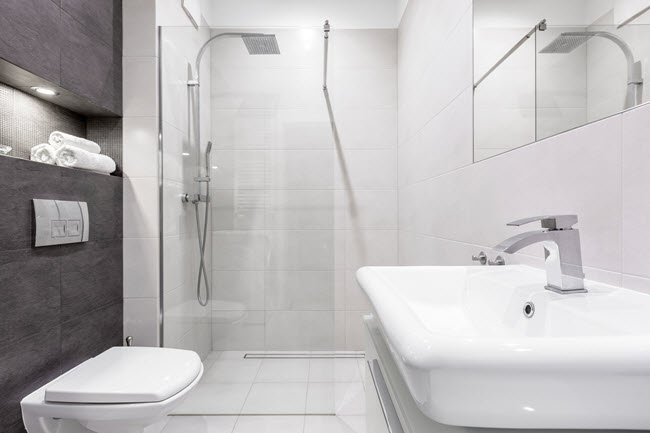 To prevent future clogs in your bathroom sink, there are a few simple steps you can take. First, consider installing a drain cover or strainer to catch hair and other debris before it goes down the drain. You can also try using a hair catcher in your shower or bathtub to prevent hair from making its way into the sink drain.
Regularly cleaning your sink can also help prevent clogs. Use a mixture of baking soda and vinegar to clean the inside of your pipes and break down any buildup. You can also pour boiling water down the drain once a week to flush out any potential clogs.
In some cases, a clogged bathroom sink may require professional help. If you're unable to clear the clog yourself, it's best to call a plumber. They have the tools and expertise to handle even the toughest clogs and can also provide tips for preventing them in the future.
To prevent future clogs in your bathroom sink, there are a few simple steps you can take. First, consider installing a drain cover or strainer to catch hair and other debris before it goes down the drain. You can also try using a hair catcher in your shower or bathtub to prevent hair from making its way into the sink drain.
Regularly cleaning your sink can also help prevent clogs. Use a mixture of baking soda and vinegar to clean the inside of your pipes and break down any buildup. You can also pour boiling water down the drain once a week to flush out any potential clogs.
In some cases, a clogged bathroom sink may require professional help. If you're unable to clear the clog yourself, it's best to call a plumber. They have the tools and expertise to handle even the toughest clogs and can also provide tips for preventing them in the future.
Conclusion
 Dealing with a clogged bathroom sink can be frustrating, but with the right tools and preventative measures, you can keep your sink running smoothly. Regular maintenance and quick action when you notice a clog can save you time, money, and headaches in the long run. By following these tips, you can keep your bathroom sink clear and avoid the hassle of a clog.
Dealing with a clogged bathroom sink can be frustrating, but with the right tools and preventative measures, you can keep your sink running smoothly. Regular maintenance and quick action when you notice a clog can save you time, money, and headaches in the long run. By following these tips, you can keep your bathroom sink clear and avoid the hassle of a clog.



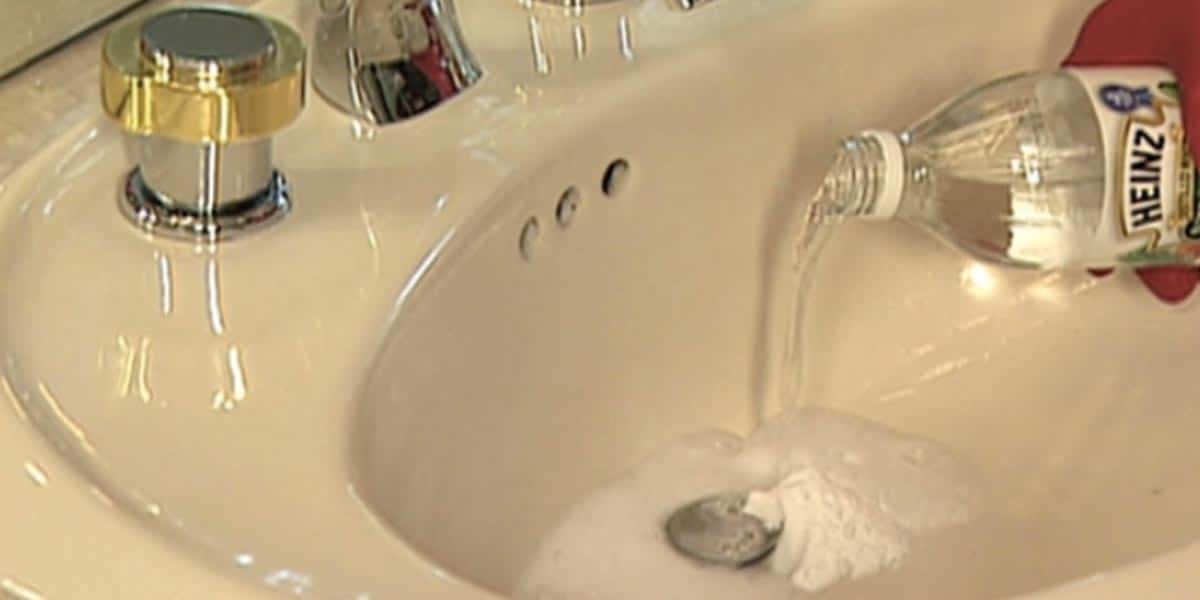






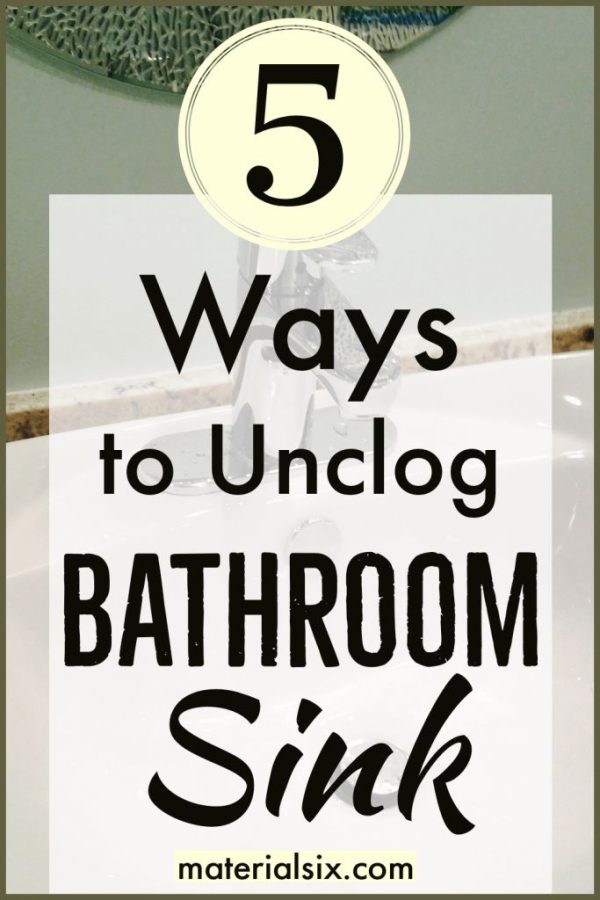

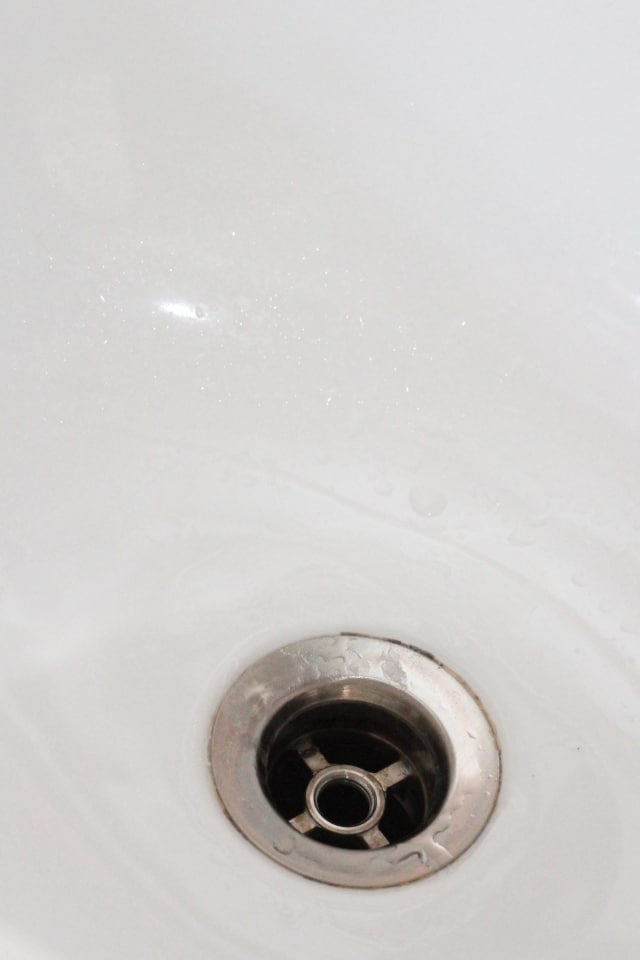
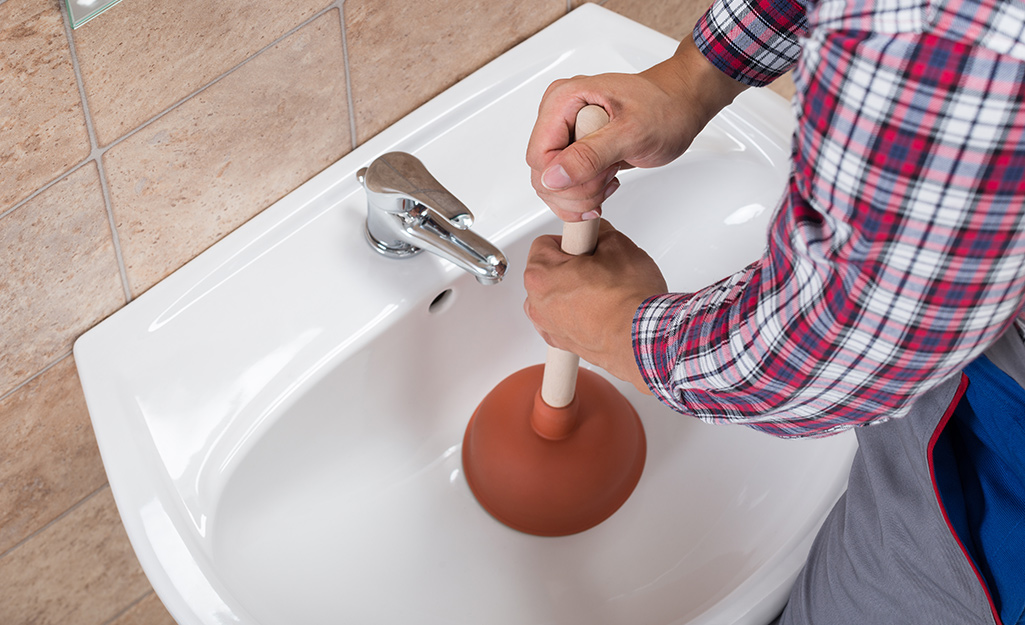
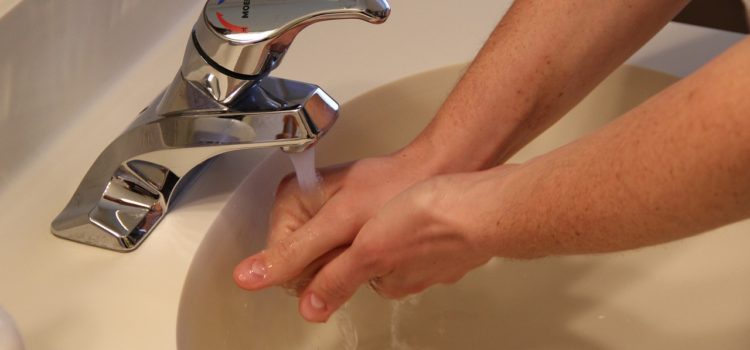


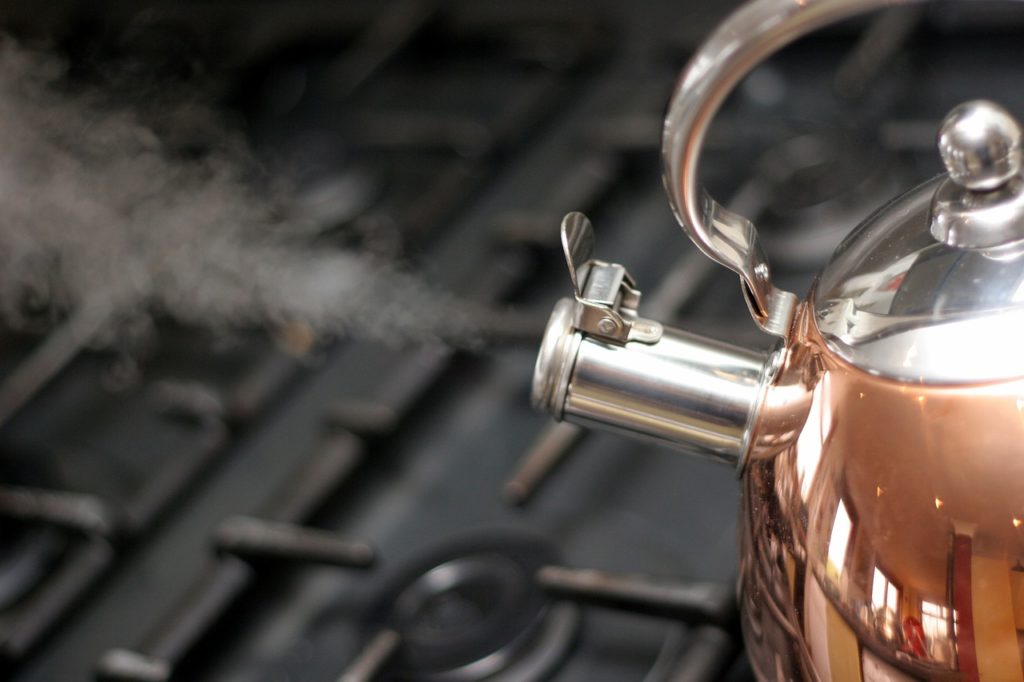
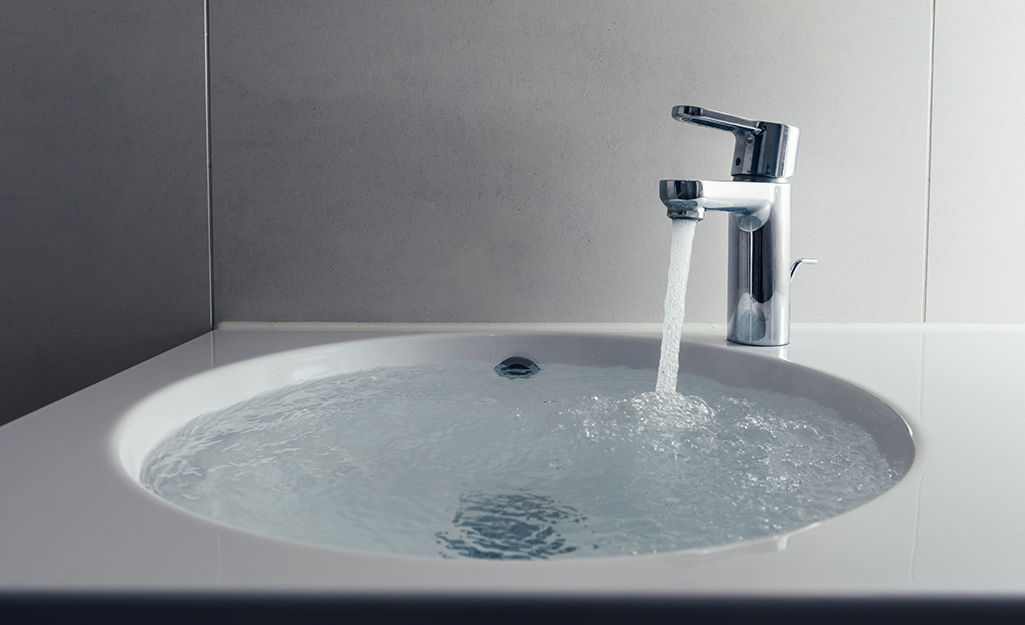
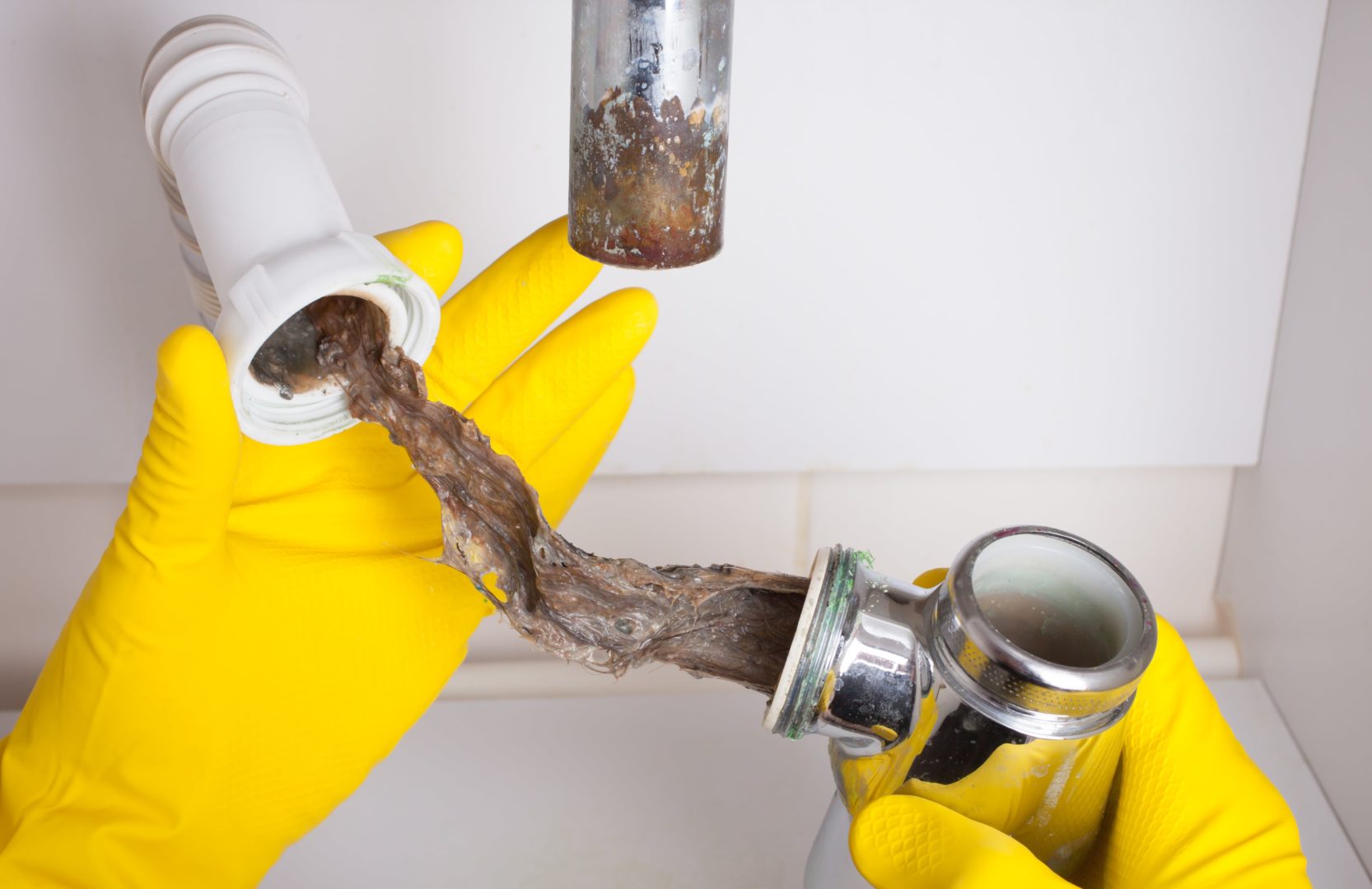
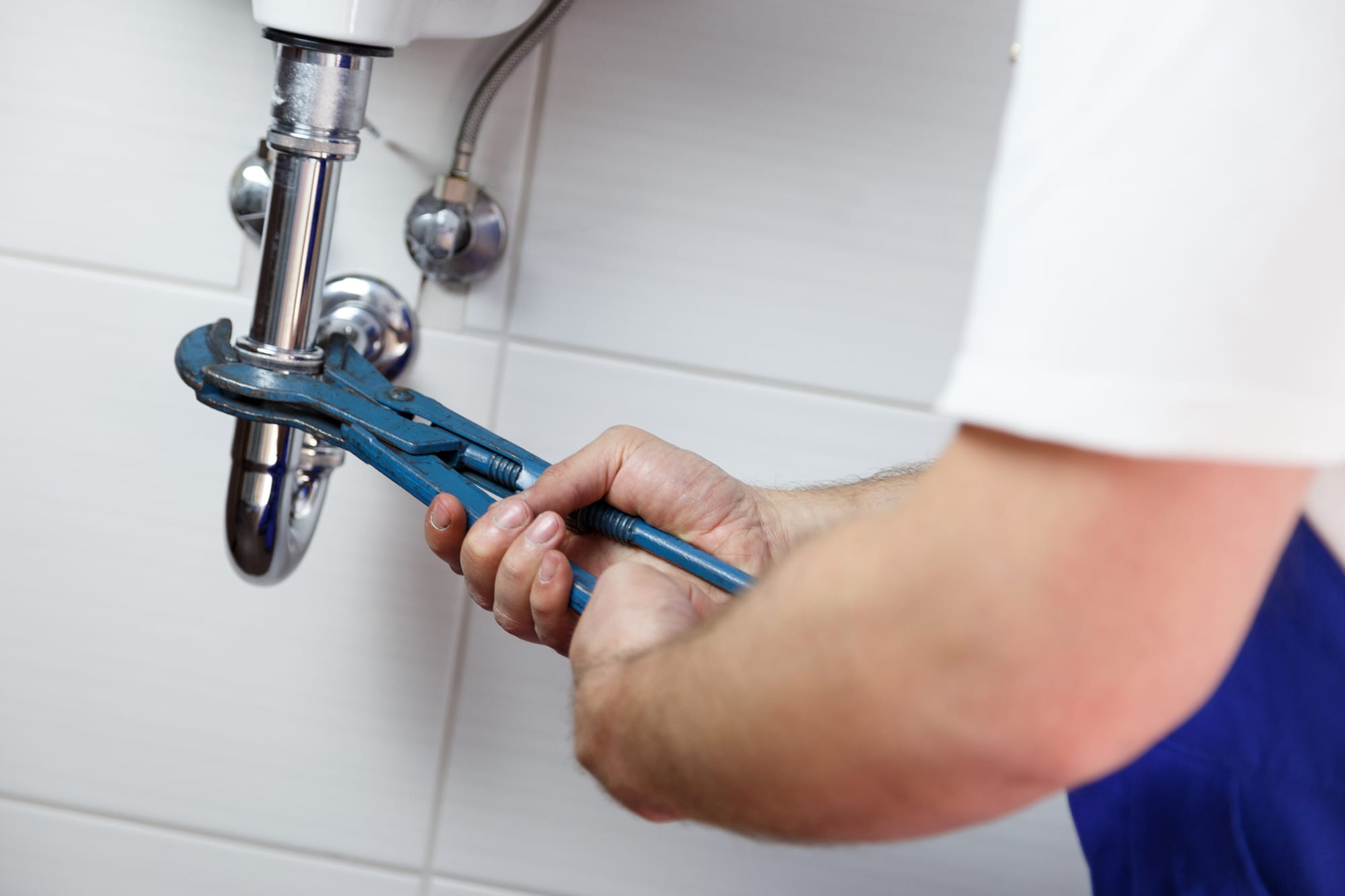




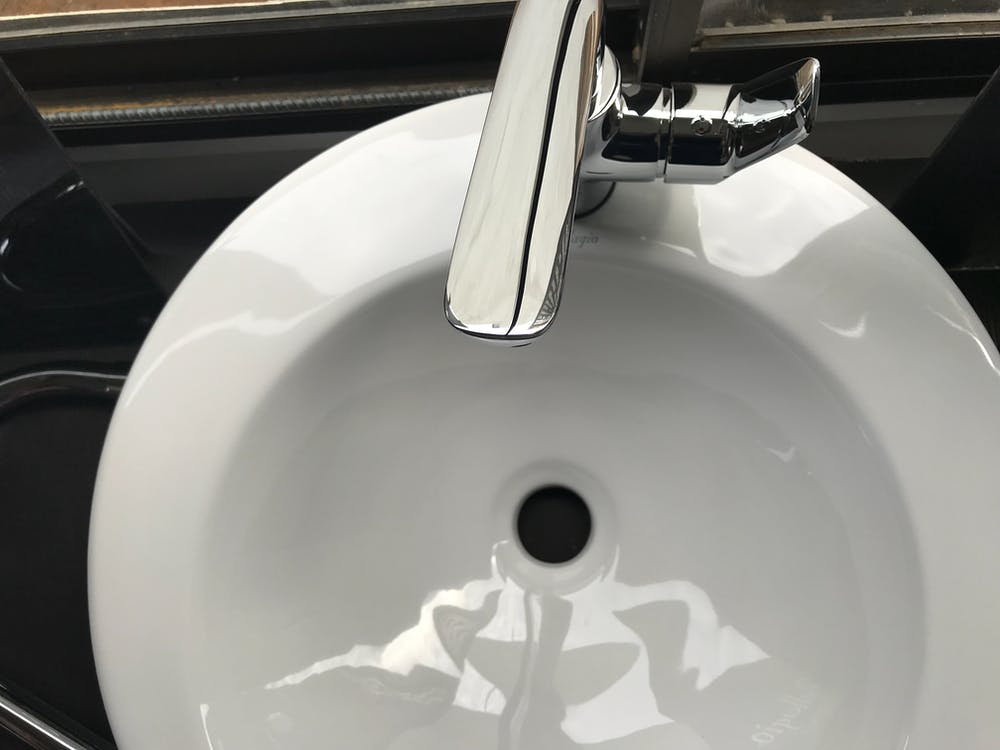

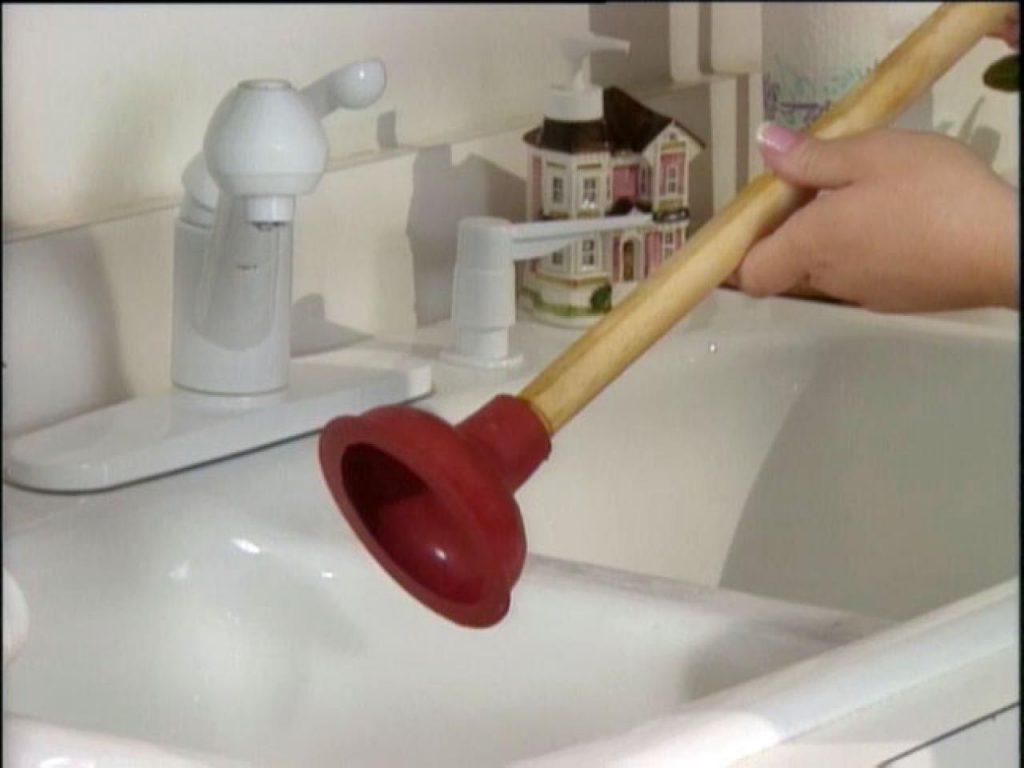

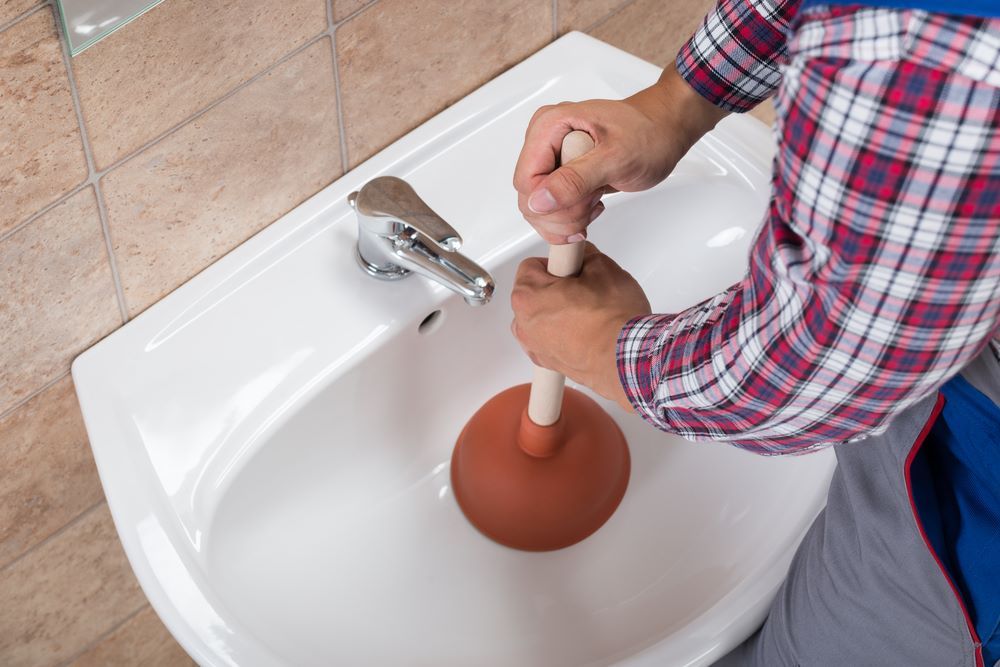




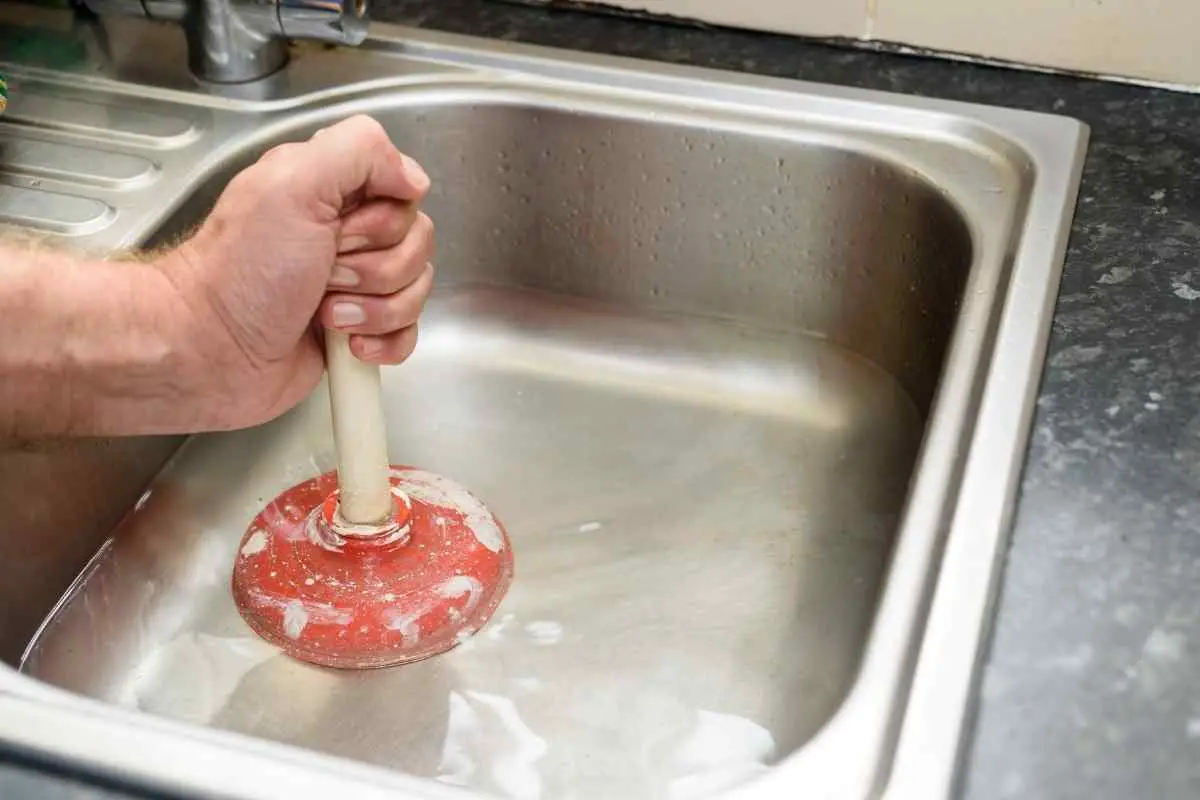
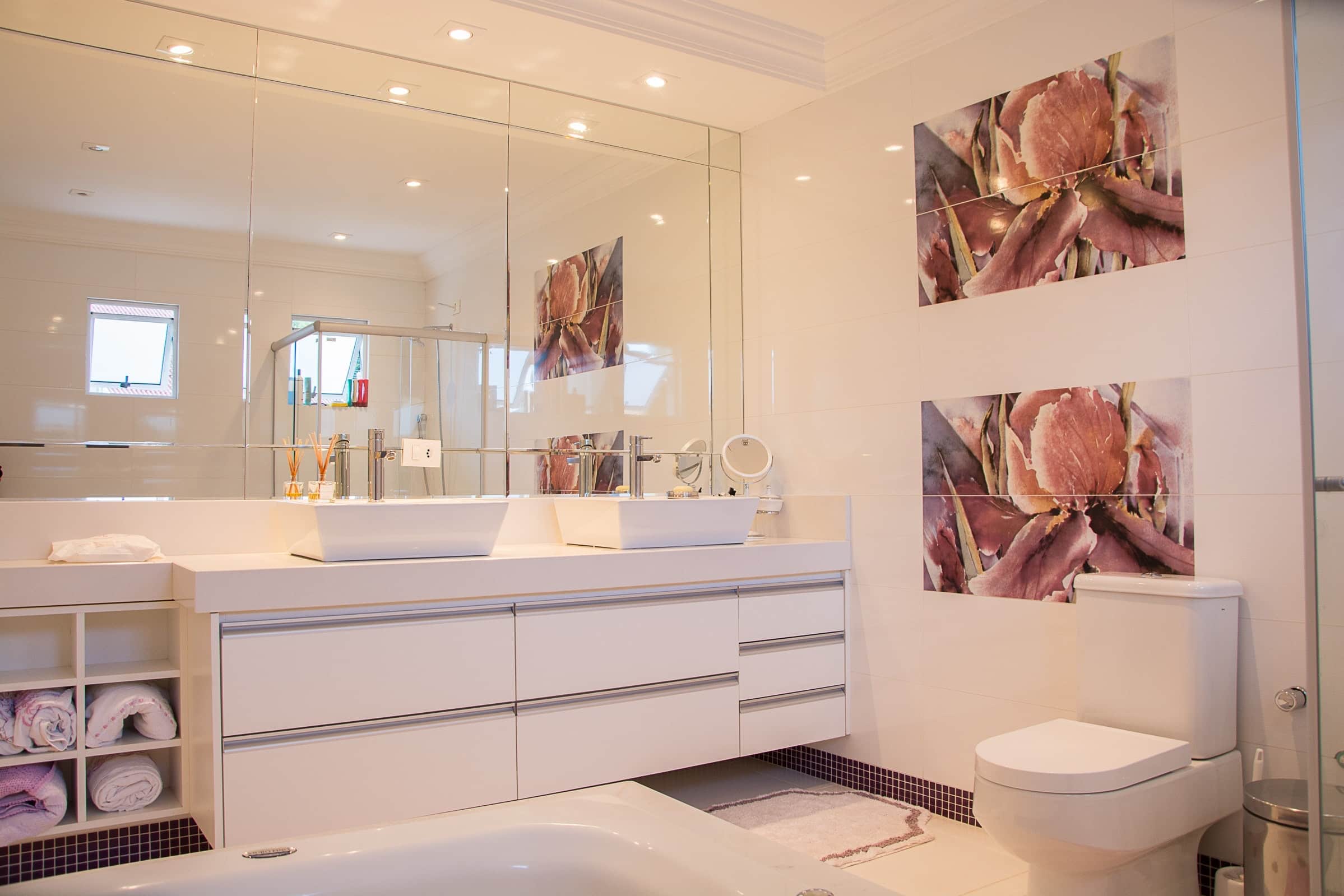
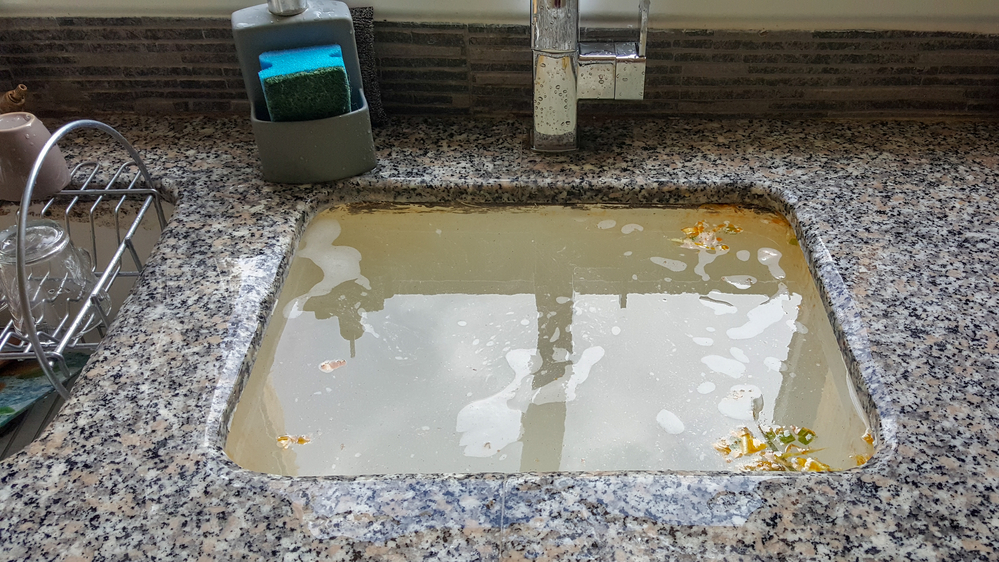
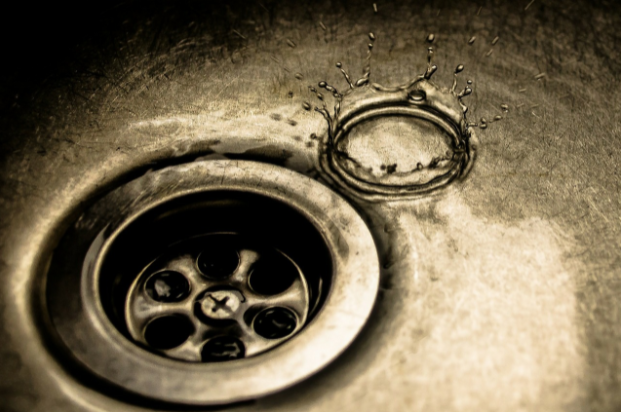


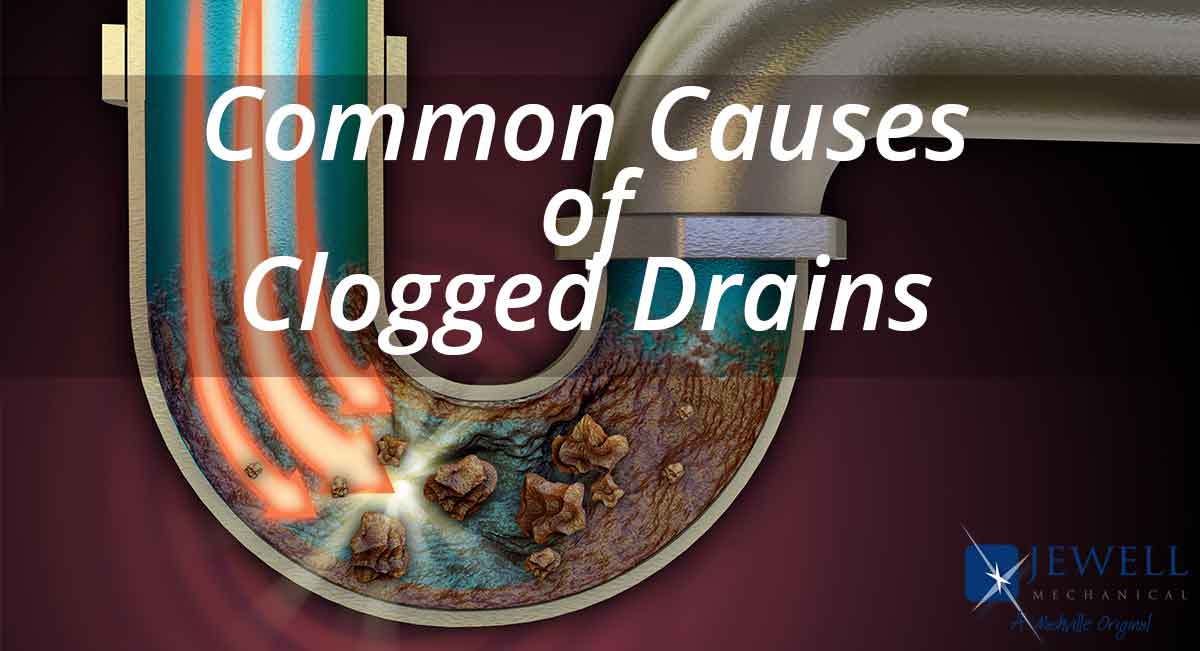
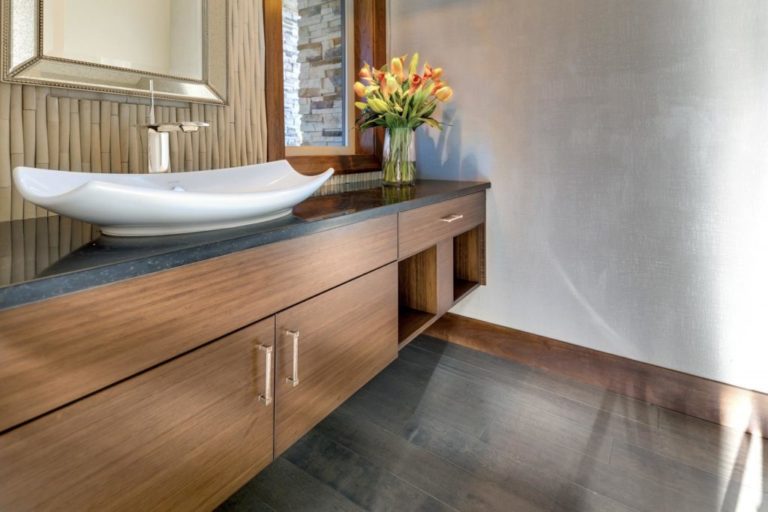
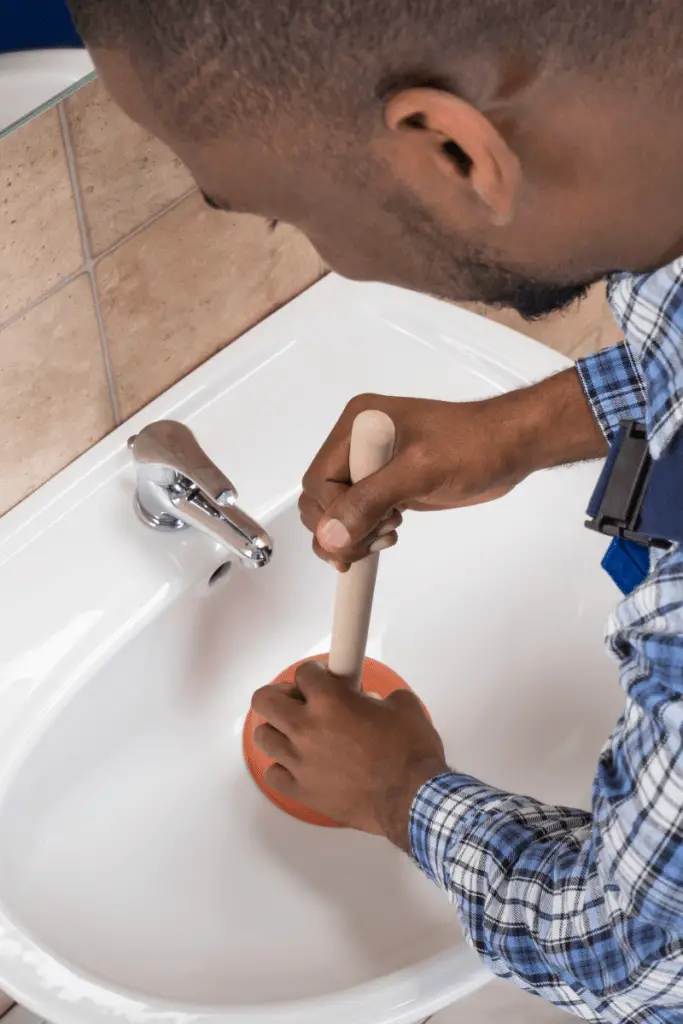
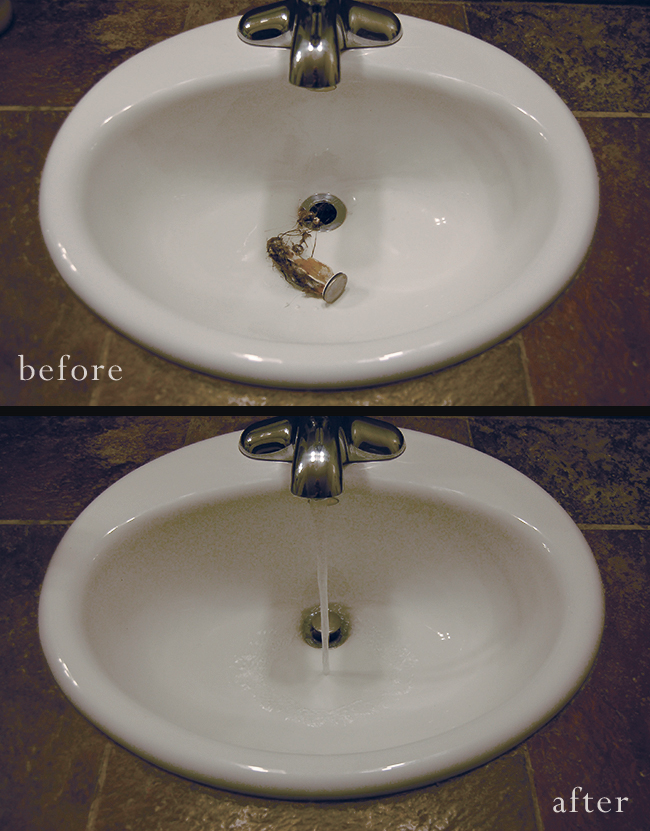
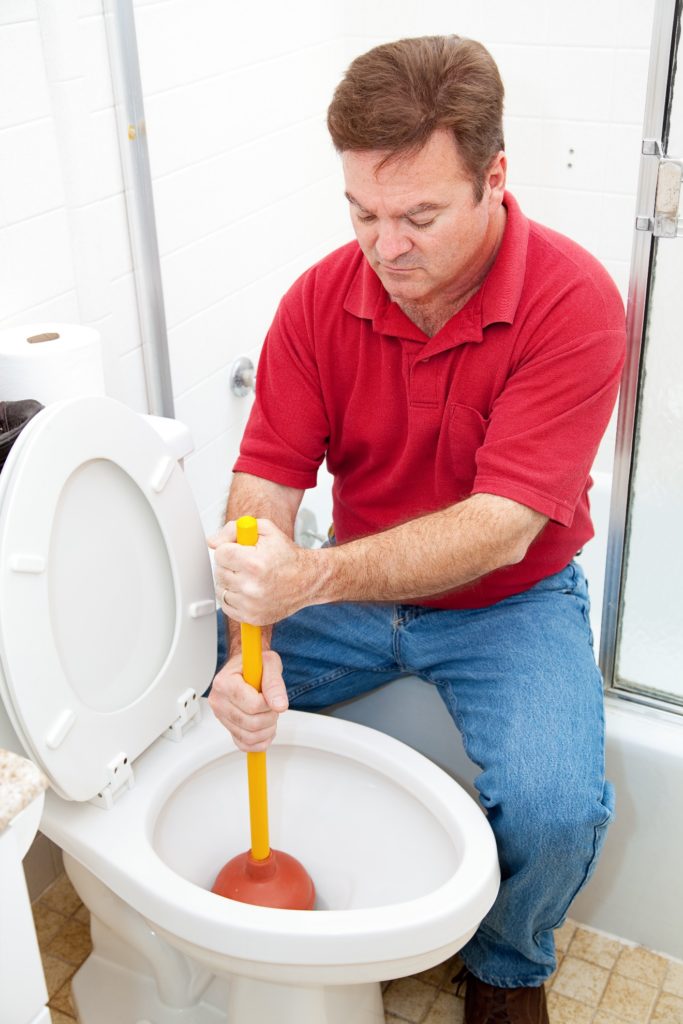


:max_bytes(150000):strip_icc()/freshen-and-unclog-drain-with-baking-soda-1900466-22-bbf940b70afa4d5abef0c54da23b1d3f.jpg)
:max_bytes(150000):strip_icc()/freshen-and-unclog-drain-with-baking-soda-1900466-18-1a5b5da01939471ca8f8823865bd1ce8.jpg)
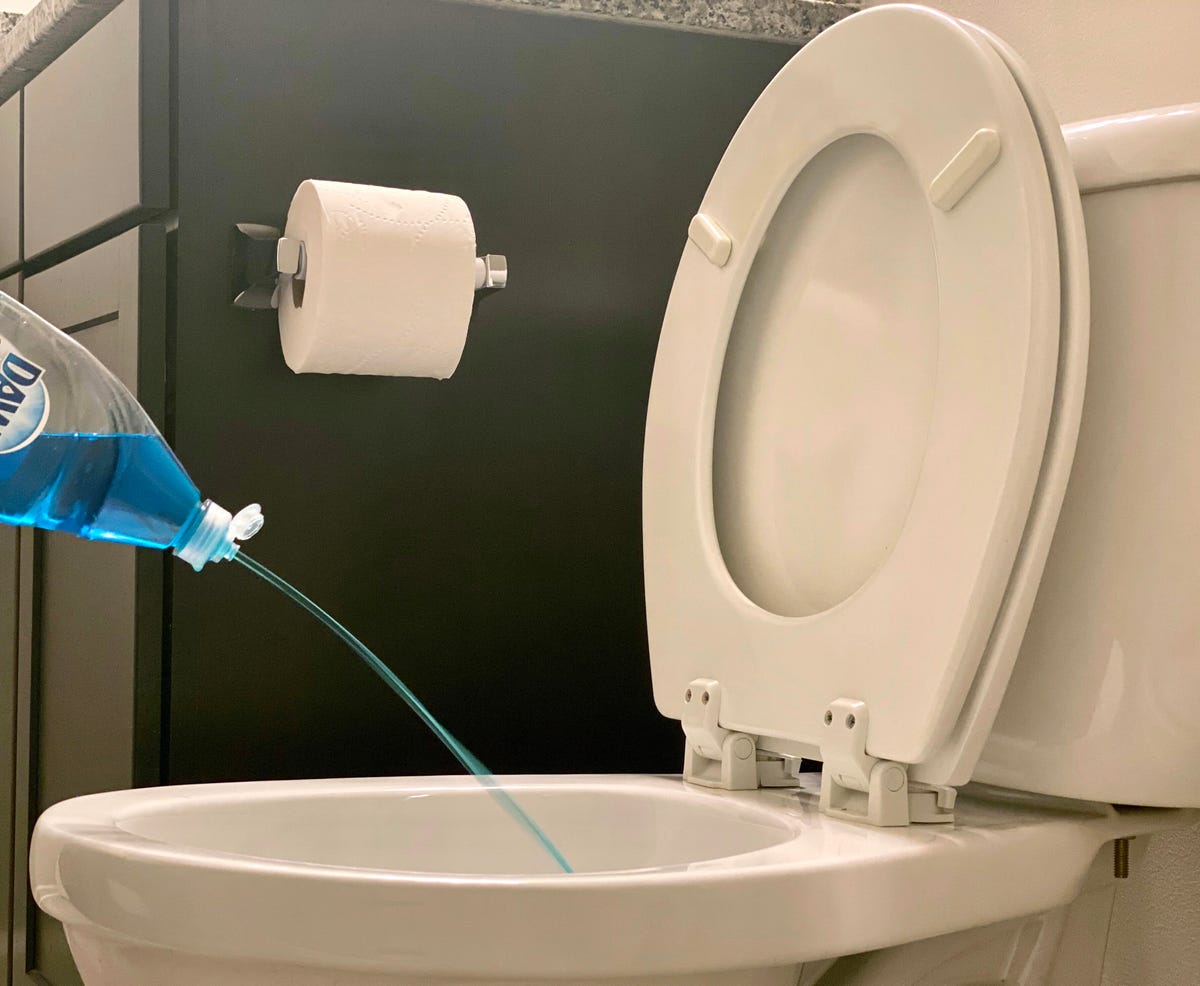





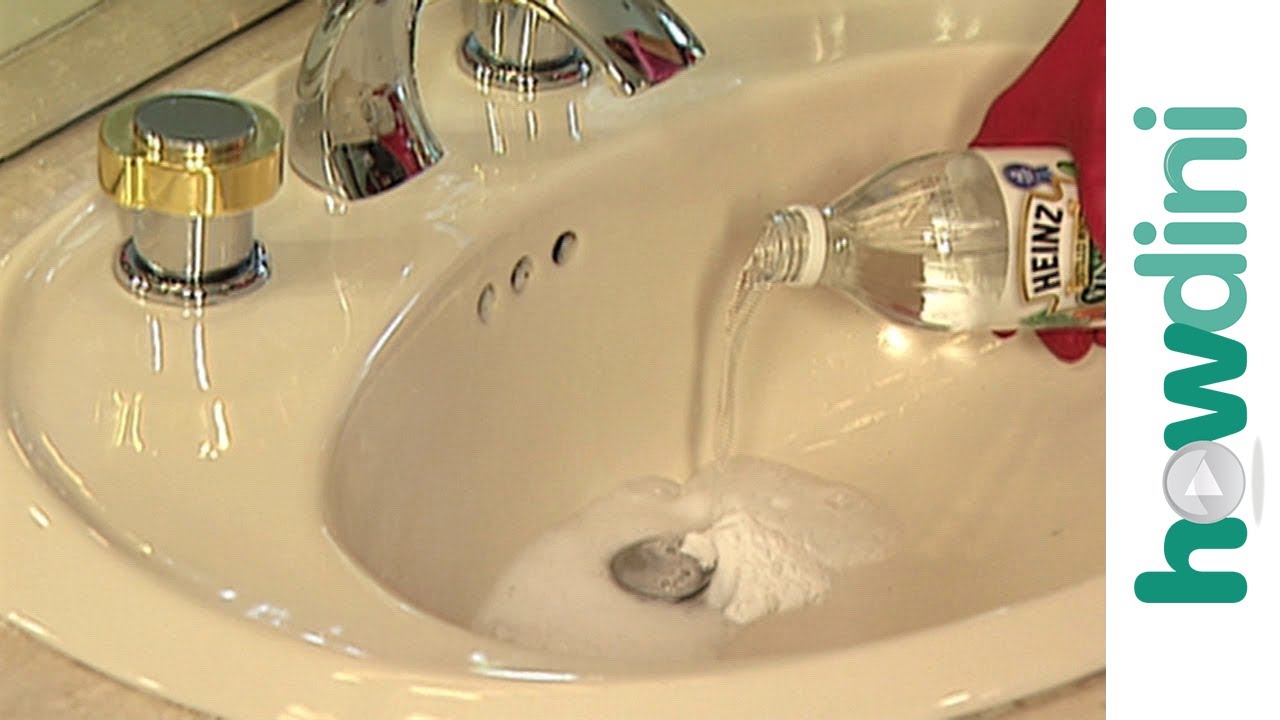


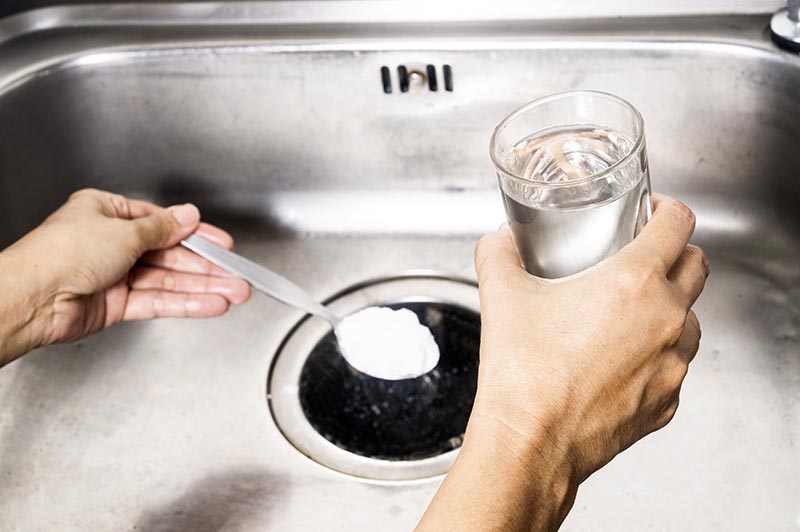



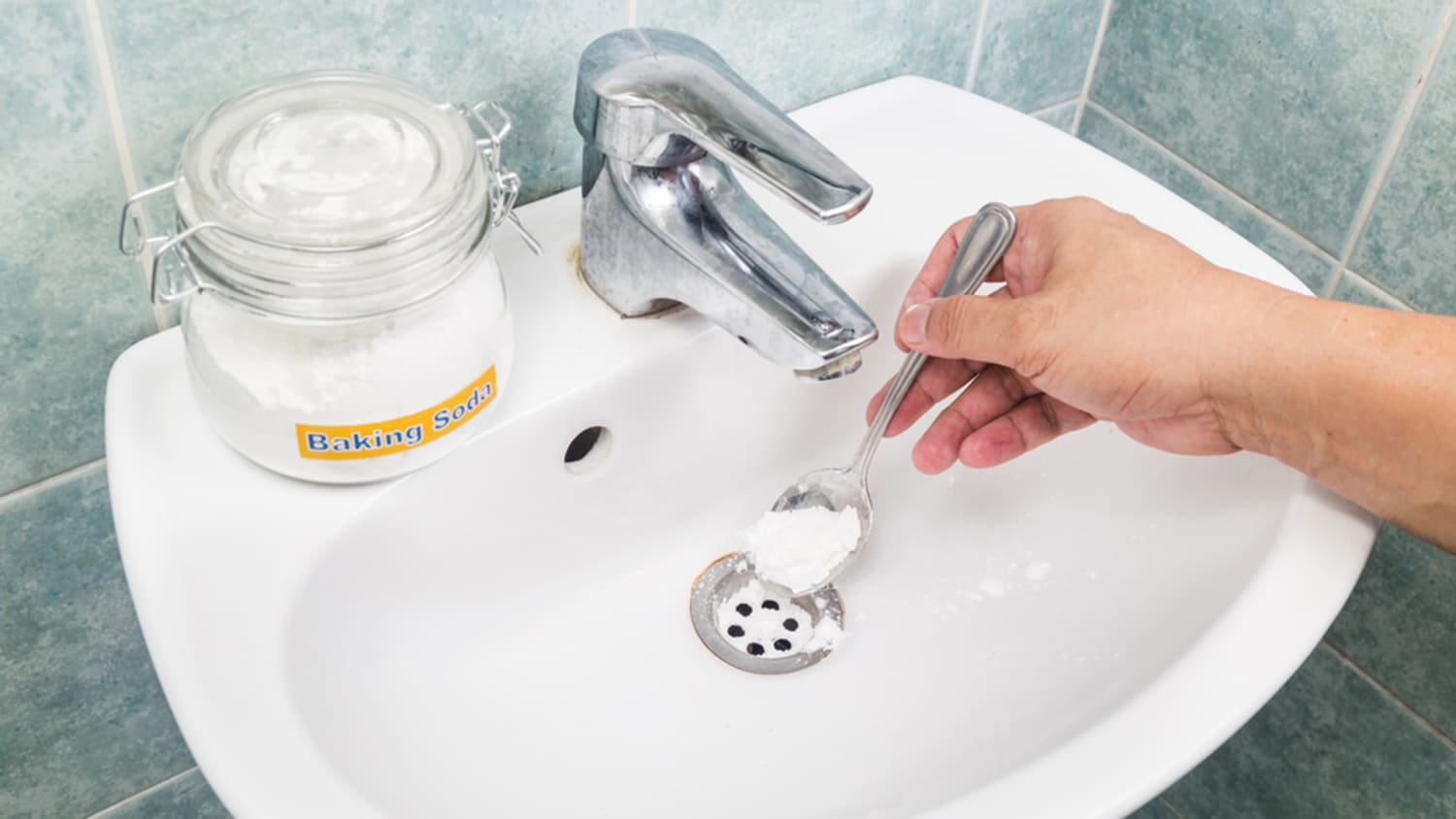

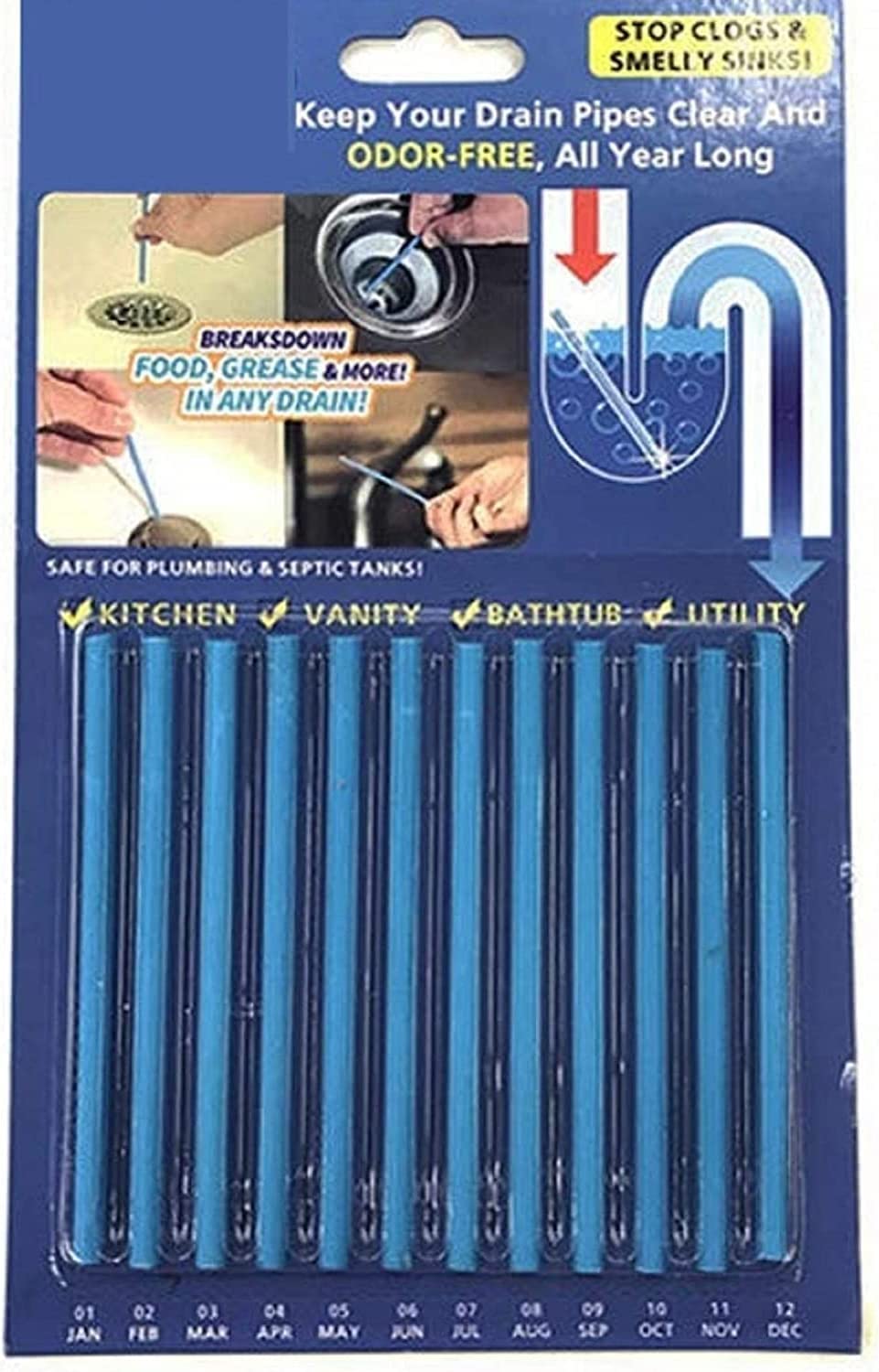

/HouseofChais-958bd71c530d4a30a9f13de113c6a7a4.jpg)

